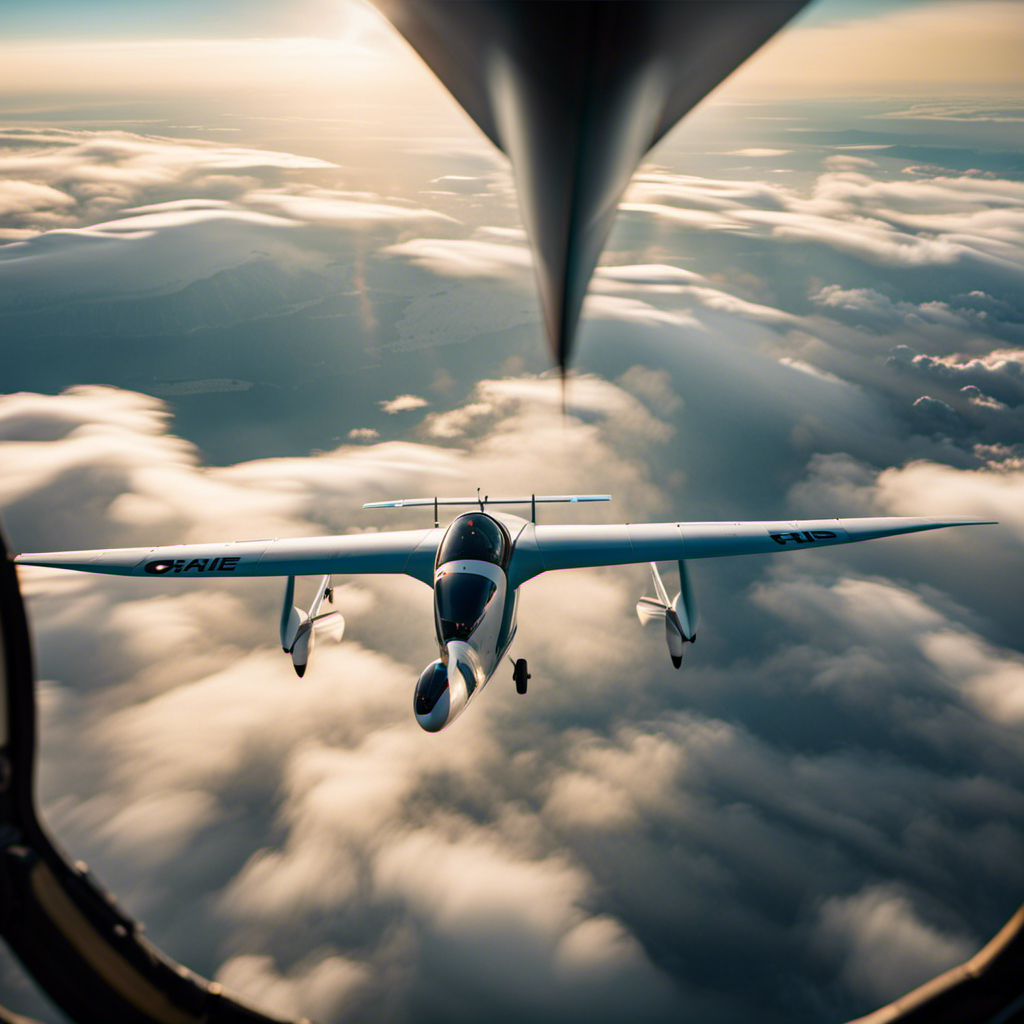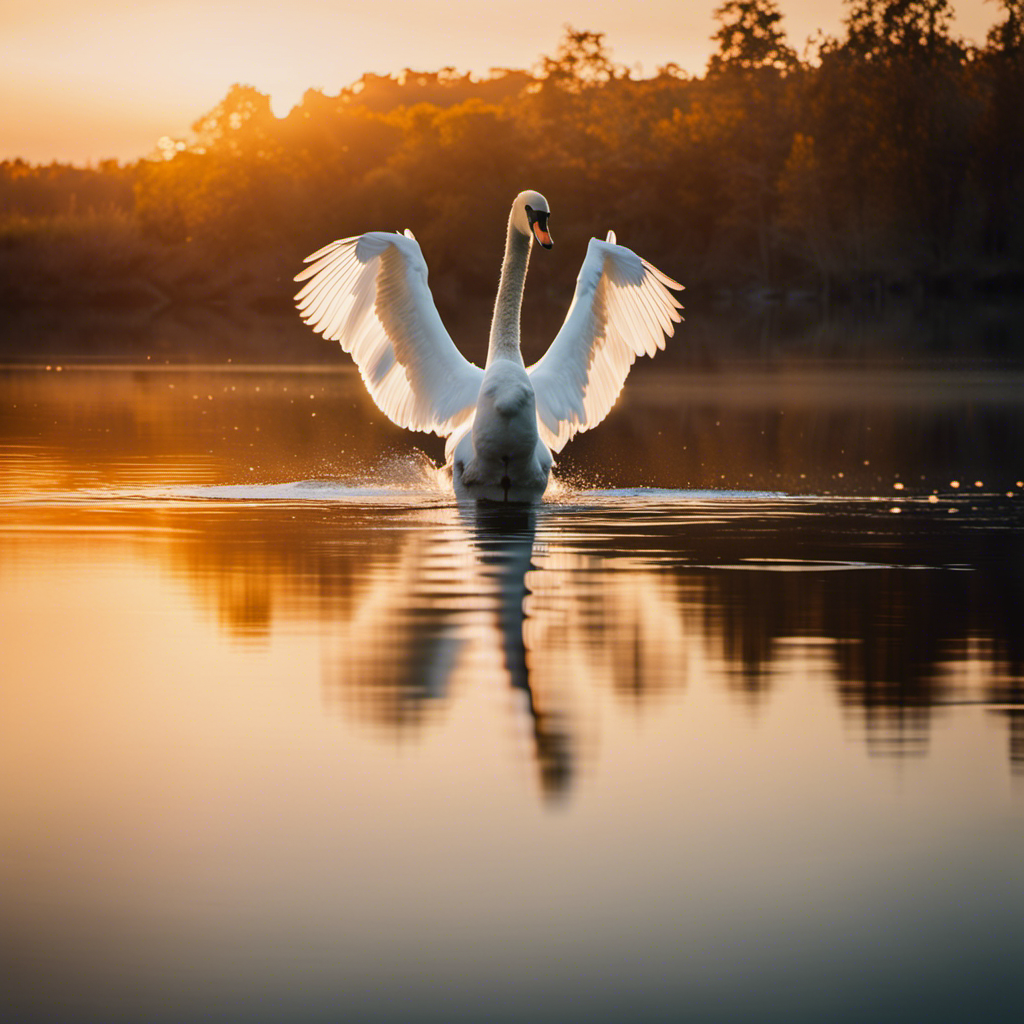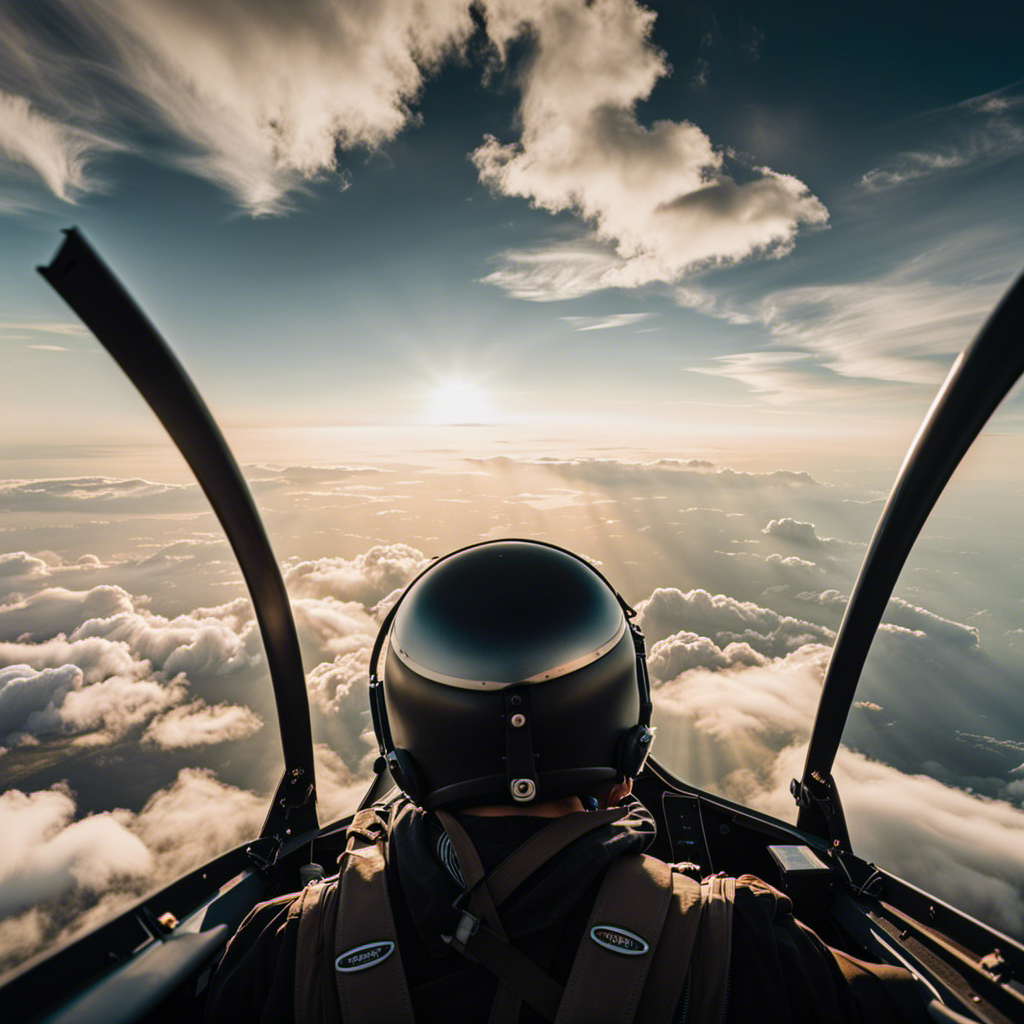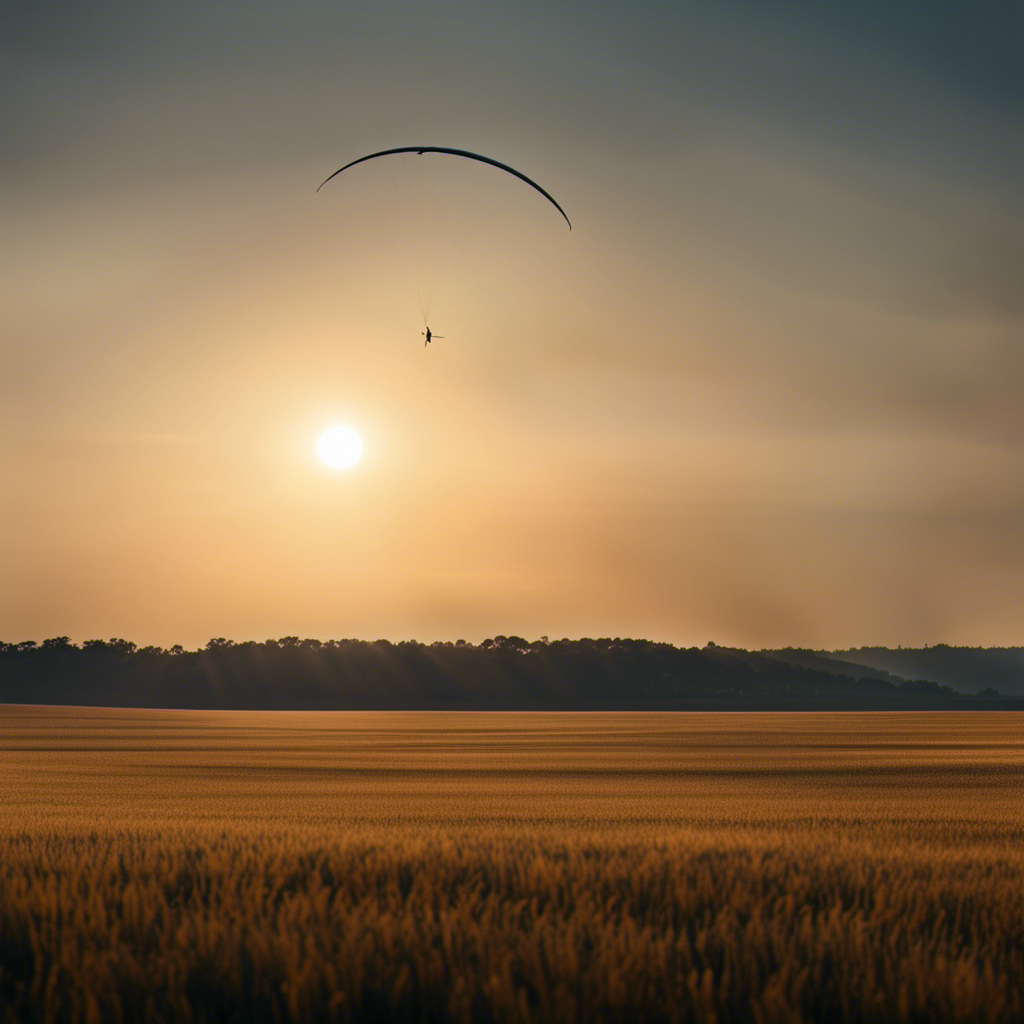Are you interested in learning about the prices of hang gliders and the factors that affect their cost? I’m here to give you all the details you need.
Hang gliders are an exhilarating way to experience the thrill of flight, but they do come with a price tag. In this article, we’ll explore the materials used in hang gliders, the latest technology and innovations, different types of hang gliders, essential equipment and accessories, training and certification costs, insurance considerations, and even secondhand options.
So, let’s dive in and uncover the fascinating world of hang gliding costs and why they matter.
Key Takeaways
- Regular inspections and maintenance are necessary for safety and performance.
- Liability coverage and equipment insurance are crucial for accidents and injuries.
- Buying used hang gliders can save money and provide confidence in performance.
- Factors affecting the cost of hang gliders include age, condition, brand, model, accessories, and market demand.
Materials Used in Hang Gliders
You’ll be interested to know that the materials used in hang gliders greatly impact their performance and cost. When it comes to the cost of materials, the type and quality of the materials used can vary significantly. The manufacturing process of hang gliders involves carefully selecting the right materials to ensure durability, strength, and lightness.
One of the most important materials used in hang gliders is the frame, which is usually made of aluminum alloy or carbon fiber. Aluminum alloy frames are cost-effective and provide sufficient strength, but they may add weight to the glider. On the other hand, carbon fiber frames are lightweight and offer excellent strength, but they are more expensive.
The fabric used for the wings is another crucial material. It needs to be strong, lightweight, and resistant to tearing and UV rays. Typically, hang glider wings are made of ripstop nylon, which is a durable and lightweight fabric that helps reduce the overall weight of the glider.
As technology and innovation in hang gliders continue to advance, new materials with improved properties are being developed. These advancements allow for lighter and stronger hang gliders, enhancing their performance and maneuverability.
Technology and Innovation in Hang Gliders
There are various factors that contribute to the price of hang gliders, such as the incorporation of advanced technology and innovative features. The advancements in technology have had a significant impact on the design and performance of hang gliders. Manufacturers have been able to implement safety measures and improve the overall flying experience through the use of cutting-edge technology.
One key advancement is the incorporation of lightweight materials, such as carbon fiber, which not only reduces the weight of the glider but also increases its strength. This allows for better maneuverability and stability during flight. Additionally, advancements in aerodynamics have led to the development of more efficient wing designs, resulting in improved glide ratios and better overall performance.
To give you a visual representation of the technological advancements in hang gliders, here is a table showcasing some of the innovative features found in modern hang gliders:
| Feature | Benefit |
|---|---|
| GPS Navigation System | Enhanced navigation |
| Airbags | Improved safety |
| Integrated Camera | Capturing breathtaking views |
| Anti-Turbulence System | Smoother flight experience |
These features not only enhance the safety and performance of hang gliders but also add to their overall cost. With the incorporation of advanced technology and innovative features, hang gliders have become more sophisticated and tailored to meet the needs of pilots.
Moving on to the subsequent section about types of hang gliders, we will explore the different options available in the market and their unique characteristics.
Types of Hang Gliders
One of the first decisions to make when considering types of hang gliders is whether to choose a rigid or flexible wing design. Each design has its own advantages and disadvantages, so it’s important to understand the differences.
Rigid wing hang gliders, as the name suggests, have a fixed structure that provides stability and efficiency. They are typically made of lightweight materials such as carbon fiber and offer excellent performance in terms of speed and gliding ratio. Popular hang glider models in this category include the Wills Wing T2C and the Moyes Litesport.
On the other hand, flexible wing hang gliders have a more traditional design with a fabric wing that can flex and deform during flight. These gliders are known for their ease of handling and forgiving nature, making them a great choice for beginners. Popular models in this category include the Airborne Sting 3 and the Aeros Combat.
Transitioning into the subsequent section about essential equipment and accessories, it’s important to note that regardless of the type of hang glider you choose, there are certain items you will need to ensure a safe and enjoyable flying experience.
Essential Equipment and Accessories
When it comes to essential equipment and accessories for hang gliding, it’s crucial to have a properly fitted harness that provides comfort and safety during your flights. There are several equipment options available in the market to suit different needs and preferences.
One popular choice is the pod harness, which offers a streamlined design and increased protection. Another option is the upright harness, which provides a more upright seating position and better visibility. Safety precautions should always be taken into consideration when choosing a harness. Look for features such as a sturdy construction, secure buckles, and proper padding to ensure maximum safety. Additionally, it’s important to invest in a good helmet to protect your head in case of any accidents or falls.
Transitioning into the subsequent section about training and certification costs, it’s essential to undergo proper training and obtain the necessary certifications before engaging in hang gliding. This ensures that you have the knowledge and skills to handle the equipment safely and effectively. However, it’s important to note that the cost of training and certification can vary depending on factors such as location, duration of the program, and the level of certification desired.
Let’s now explore the training and certification costs associated with hang gliding.
Training and Certification Costs
To ensure safety and proficiency in hang gliding, it’s essential to undergo proper training and obtain the necessary certifications. The quality of the training program you choose can greatly impact your overall experience and skill development. It’s important to research and select a reputable training program that has experienced instructors and a comprehensive curriculum. A good training program will cover all the essential topics, such as equipment familiarization, launch techniques, flight maneuvers, emergency procedures, and landing techniques.
The time commitment required for hang gliding training can vary depending on the program and individual progress. Generally, it takes around 10 to 14 days of intensive training to complete a basic beginner course. This includes both theoretical and practical sessions. Additionally, there may be a requirement for a certain number of supervised flights before obtaining certification.
Transitioning into the subsequent section about maintenance and repair expenses, once you’ve completed your training and obtained your certification, it’s important to consider the ongoing costs associated with hang gliding. One of the major expenses you’ll encounter is the maintenance and repair of your hang glider. Regular inspections, equipment checks, and repairs are necessary to ensure the safety and performance of your glider. It’s important to factor in these costs when budgeting for your hang gliding adventures.
Maintenance and Repair Expenses
As a hang glider pilot, you’ll need to regularly inspect, maintain, and repair your equipment to ensure its safety and optimal performance. Proper maintenance procedures are crucial to avoid accidents and keep repair costs at a minimum.
One of the first and most important steps in the maintenance process is to thoroughly inspect your hang glider before each flight. This includes checking the frame for any signs of damage or wear, inspecting the fabric for tears or holes, and ensuring that all cables and connections are secure. Regular cleaning of the glider is also essential to remove dirt and debris that can affect its performance.
Additionally, it is recommended to follow the manufacturer’s guidelines for maintenance, which may include lubricating moving parts, replacing worn-out components, and conducting regular inspections by a certified technician. By implementing these maintenance procedures, you can prevent costly repairs and ensure the longevity of your hang glider.
Moving forward, it is important to consider insurance and liability considerations to protect yourself and your investment.
Insurance and Liability Considerations
It’s important to consider insurance and liability considerations when it comes to protecting yourself and your investment as a hang glider pilot. Here are four key points to keep in mind regarding insurance coverage and legal requirements:
-
Liability coverage: As a hang glider pilot, it’s crucial to have liability insurance to protect yourself in case of any accidents or injuries that may occur during flight. This coverage can help cover legal expenses, medical bills, and damages caused to third parties.
-
Equipment insurance: Hang gliders can be quite expensive, so it’s a good idea to have insurance coverage for your equipment. This will protect you financially in case of theft, loss, or damage to your hang glider.
-
Legal requirements: In some countries or regions, having liability insurance may be a legal requirement for hang glider pilots. It’s essential to familiarize yourself with the specific legal requirements in your area and ensure you have the necessary coverage to comply with the law.
-
Additional coverage: Depending on your needs and preferences, you may also consider additional coverage options, such as personal accident insurance or coverage for transportation and storage of your hang glider.
Considering insurance coverage and understanding the legal requirements for hang glider pilots is crucial to protect yourself and your investment in this thrilling sport.
When it comes to purchasing secondhand hang gliders, there are a few important factors to consider.
Secondhand Hang Gliders
After considering the various insurance and liability considerations associated with hang gliding, it’s time to delve into the realm of secondhand hang gliders.
As an aspiring hang glider pilot, I understand the appeal of buying a used glider. Not only can it save you a significant amount of money, but there are also several other benefits to purchasing a pre-owned glider.
First and foremost, the cost of a used hang glider is often considerably lower than that of a brand new one. This is particularly advantageous for beginners who may not be ready to invest a large sum of money into a brand new glider. Additionally, buying used allows you to acquire a higher-end model for a fraction of the price, giving you access to advanced features and technologies that would otherwise be out of reach.
Moreover, used hang gliders have already been tested and proven in real-world conditions. This means that any potential issues or design flaws would have likely been identified and addressed by the previous owner. By purchasing a used glider, you can have confidence in its performance and reliability.
Transitioning to the next section, it is important to understand the factors that can affect the cost of hang gliders.
Factors Affecting the Cost of Hang Gliders
One of the main factors that can impact the price of used hang gliders is the age of the glider. As hang gliders age, their value tends to decrease due to wear and tear. However, other factors also play a role in determining the price of a used hang glider.
Here are four key factors to consider:
-
Condition: The overall condition of the hang glider is crucial in determining its price. A well-maintained glider with minimal damage or repairs will command a higher price than one that is in poor condition.
-
Brand and Model: The brand and model of the hang glider can significantly affect its price. Popular and reputable brands tend to have higher resale values, while older or less well-known models may be priced lower.
-
Accessories and Equipment: The inclusion of additional accessories and equipment, such as harnesses, helmets, and spare parts, can impact the price of a used hang glider. Buyers are often willing to pay more for a package deal that includes everything they need to start flying.
-
Market Demand: Like any other product, the price of used hang gliders is also influenced by market demand. If there is a high demand for a particular model or brand, the price may be higher, whereas a low demand may result in lower prices.
Understanding these factors can help you make an informed decision when buying a used hang glider. Now, let’s explore some tips for finding affordable hang gliding options.
Tips for Finding Affordable Hang Gliding Options
Transition: Now that we have explored the various factors that affect the cost of hang gliders, let’s delve into some helpful tips for finding affordable hang gliding options.
Current Subtopic: Tips for Finding Affordable Hang Gliding Options
When it comes to pursuing your passion for hang gliding, it’s important to find options that fit within your budget. Fortunately, there are several strategies that can help you find discounted and budget-friendly opportunities.
Firstly, consider joining hang gliding clubs or organizations. These groups often offer discounted rates for their members, as well as access to group purchases or exclusive deals. Additionally, they provide a supportive community of like-minded individuals who can share tips and advice on finding affordable options.
Another avenue to explore is searching for discounted packages or deals offered by hang gliding schools or resorts. Often, they offer discounted rates during off-peak seasons or for weekday bookings. Keep an eye out for special promotions or last-minute deals that can significantly reduce the cost of your hang gliding experience.
Furthermore, consider reaching out to experienced hang gliders in your area. They may be willing to share information on local spots that offer lower prices or even organize group outings to split the costs.
Lastly, utilize online platforms and forums dedicated to hang gliding. These platforms often have sections where hang gliders can buy or sell used equipment at a fraction of the original cost. By purchasing second-hand gear, you can save a significant amount of money while still enjoying a safe and fulfilling hang gliding experience.
Frequently Asked Questions
Are hang gliders safe to use?
Hang gliders have their pros and cons when it comes to safety. While they offer the thrill of soaring through the sky, the lack of a motor and reliance on weather conditions can pose risks.
How long does it take to become a certified hang glider pilot?
Becoming a certified hang glider pilot requires completing a rigorous training program. The certification process involves theoretical and practical exams. The duration varies, but it usually takes several months of consistent training to develop the necessary skills and knowledge.
Can hang gliders be used in different weather conditions?
Hang gliders can be used in different weather conditions, including strong winds. To safely fly in these conditions, pilots use flying techniques specifically designed for strong wind conditions. Rain and clouds can impact hang gliding performance, making it more challenging to navigate and decreasing visibility.
Can hang gliders be customized to fit individual preferences?
Hang gliders can be customized to fit individual preferences with a wide range of customization options and performance modifications. From color schemes to wing shape adjustments, the possibilities are endless. It’s like having a flying masterpiece tailored just for you.
Are there any age or weight restrictions for using hang gliders?
There are age and weight restrictions for using hang gliders. The minimum age varies but is typically around 14-16 years old. Weight restrictions also apply, usually with a maximum weight limit of around 250-300 pounds.
Conclusion
In conclusion, hang gliding is an exhilarating sport that offers a unique and thrilling experience. Like a bird soaring through the sky, the feeling of freedom and weightlessness that hang gliding provides is unparalleled.
However, it is essential to consider the cost implications before embarking on this adventure. Hang gliders can be quite expensive, with prices ranging from a few thousand dollars to tens of thousands, depending on various factors.
It’s important to weigh the costs and benefits and find affordable options that will allow you to pursue this incredible activity.
Orion, better known as “Jetstream,” is the voice that brings the stories of the skies to life. His fascination with aviation began at a young age, sparked by his father’s tales of flying and adventure. Orion’s journey into the world of gliding was serendipitous, and from the moment he took his first glider flight, he knew he had found his calling.










